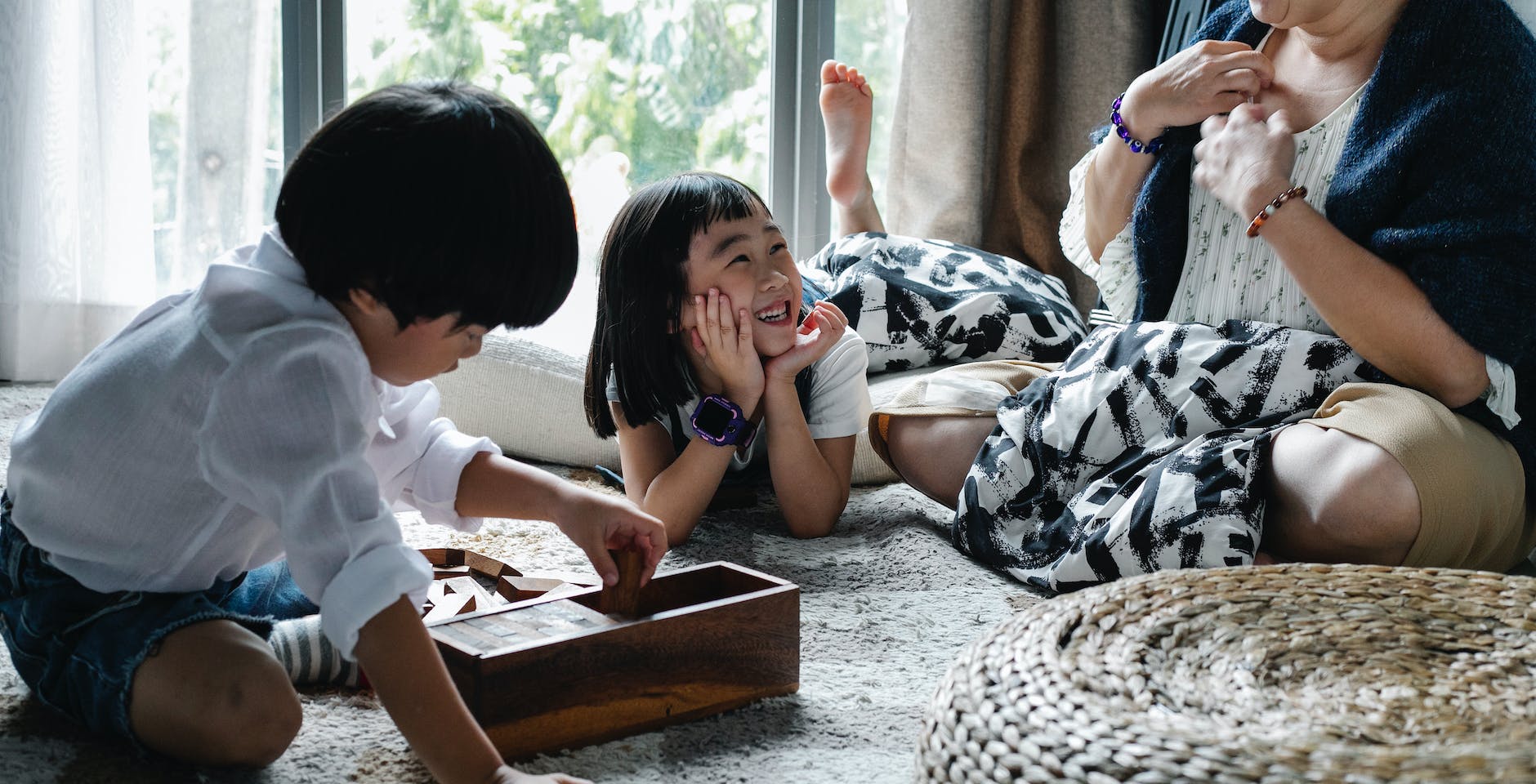
5.4 Media Literacy and Sexuality (Pg 62)
Incrementally, children are taught the following:
- To critique media portrayals of gender and sexuality (9-12 years old)
- To critique media portrayals of LGBTQ identities and sexual relationships (12-15 years old)
- To challenge the media’s portrayal of LGBTQ identities and sexual relationships (15-18 years old)
Critique the media to what end?
This topic would have been good if not for the definitions applied to words like “sexuality” and “gender”.
9-12-year-old children must describe the impact of the media on their values pertaining to sexuality and gender.

12-15-year-old teenagers must critique unrealistic media about sexuality and sexual relationships.
What is considered positive or negative media influence? Is pro-LGBTQ media equally critiqued or is this merely a lever towards championing positive-only media portrayal of LGBTQ? It is arguable that current LGBTQ media portrayal is unrealistic as it over glamorises things and goes all out to cancel any negative factual reports (e.g. reporting on monkeypox).
Gender stereotypes are also to be critiqued. However, what counts as a stereotype is not clear. Furthermore, it is one thing to deal with negative stereotypes, it is another to affirm cross-dressing behaviour and gender ideology under the guise of dealing with stereotypes.

15-18 year-old teenagers are expected to challenge “negative and inaccurate media portrayals.
Again, on the surface this may look great. However, what this CSE guide defines as “negative” could well include any form of messaging which does not put LGBTQ in a positive light even when factually true.
“Promoting safer sexual behaviour and gender equality” are also good. However, will it be done in an age-appropriate and biologically-aligned manner? Or is this yet another way to utilise mass media to promote LGBTQ ideology?
CSE’s positioning and proposals could lead to mass silencing towards allowing only the LGBTQ ideas and beliefs to appear in the media. This ironically creates a highly inaccurate media instead of fixing the problem it set out to resolve.”

Previous Topic

Next Topic

All Topics
1.1 Families
1.2 Friendship, Love and Romantic Relationships
1.3 Tolerance, Inclusion and Respect
1.4 Long-term Commitments and Parenting
2.1 Values and Sexuality
2.2 Human Rights and Sexuality
2.3 Culture, Society and Sexuality
3.1 The Social Construction of Gender and Gender Norms
3.2 Gender Equality, Stereotypes and Bias
3.3 Gender-based Violence
4.1 Violence
4.2 Consent, Privacy and Bodily Integrity
4.3 Safe Use of Information and Communication Technologies (ICTs)
5.1 Norms and Peer Influence on Sexual Behaviour
5.2 Decision-making
5.3 Communication, Refusal and Negotiation Skills
5.4 Media Literacy and Sexuality
5.5 Finding Help and Support
6.1 Sexual and Reproductive Anatomy and Physiology
6.2 Reproduction
6.3 Puberty
6.4 Body Image
7.1 Sex, Sexuality and the Sexual Life Cycle
7.2 Sexual Behaviour and Sexual Response
8.1 Pregnancy and Pregnancy Prevention
8.2 HIV and AIDS Stigma, Treatment, Care and Support
8.3 Understanding, Recognizing and Reducing the Risk of STIs, including HIV

Stay Updated about CSE Harms
To be forewarned is to be forearmed.
No spam. No sales. Only Resources.

